The Born rule, which connects the math of quantum theory to the outcomes of experiments, has been derived from simpler physical principles. The new work promises to give researchers a better grip on the core mystery of quantum mechanics.


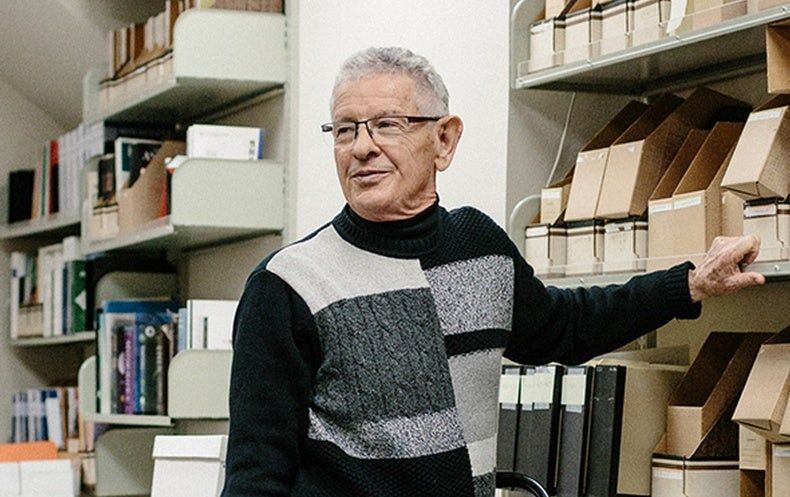

Dr. Dee J. Nelson and his wife Geo, produced a Kirlian photograph of Pyramid energy using a Tesla Coil in 1979.
We have confirmed that the Great Pyramid encodes over 80 Mathematical and Physical constants (including but not limited to Pi, E, a, Phi, Y, Planck Length, Planck Time, and even math constants only discovered in the last century like Brun’s Constant and Tribonacci), our metric and imperial measurement systems (including Meter, Foot, Mile, Nautical Mile, and the ancient Sacred Egyptian Cubit), and even the Speed of Light in BOTH its Longitude and Latitude positions…and all with astounding accuracy.
Image and content from “The Etymology of Number” Course in Resonance Academy http://bit.ly/Resonance-Academy
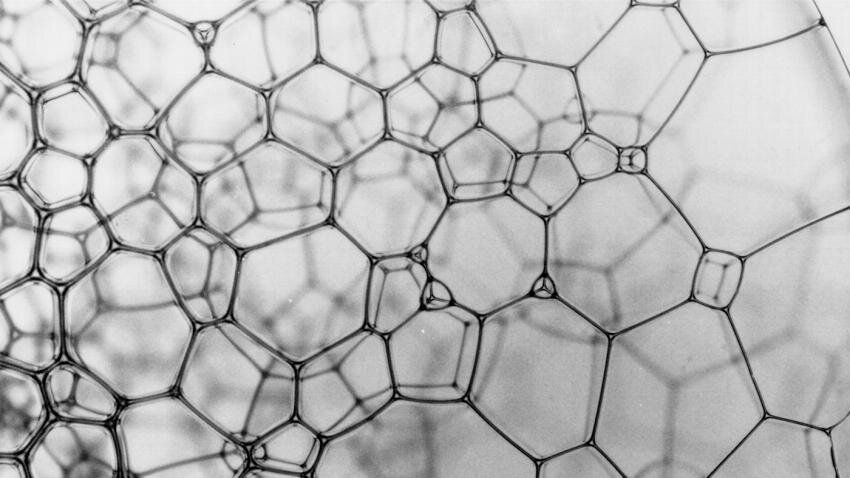
How do the communities of microbes living in our gastrointestinal systems affect our health? Carnegie’s Will Ludington was part of a team that helped answer this question.
For nearly a century, evolutionary biologists have probed how genes encode an individual’s chances for success—or fitness—in a specific environment.
In order to reveal a potential evolutionary trajectory biologists measure the interactions between genes to see which combinations are most fit. An organism that is evolving should take the most fit path. This concept is called a fitness landscape, and various mathematical techniques have been developed to describe it.
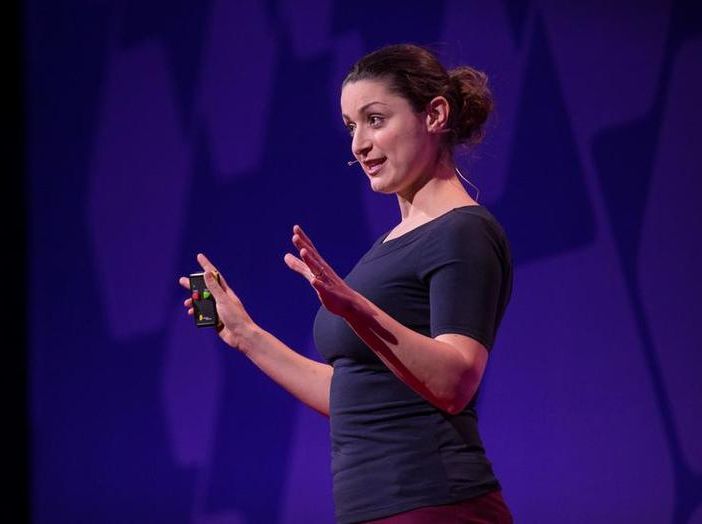
Irina Kareva translates biology into mathematics and vice versa. She writes mathematical models that describe the dynamics of cancer, with the goal of developing new drugs that target tumors. “The power and beauty of mathematical modeling lies in the fact that it makes you formalize, in a very rigorous way, what we think we know,” Kareva says. “It can help guide us to where we should keep looking, and where there may be a dead end.” It all comes down to asking the right question and translating it to the right equation, and back.
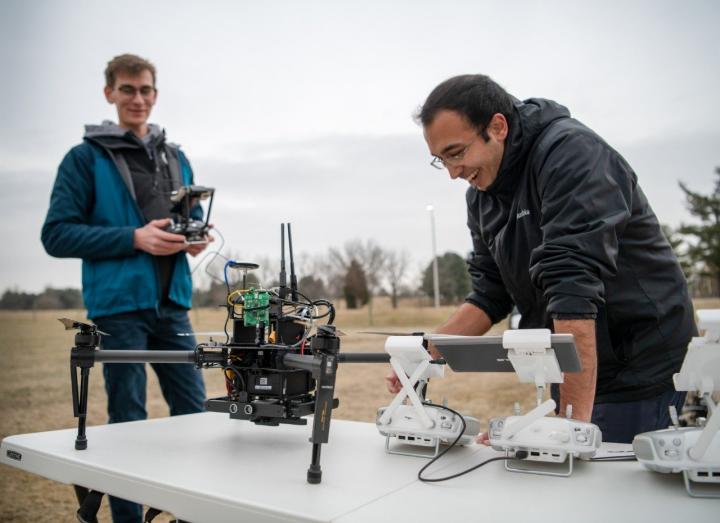
Thanks to a $1.5 million grant from the National Science Foundation, a group of Virginia Tech engineers hopes to redefine these search and rescue protocols by teaming up human searchers with unmanned aerial robots, or drones.
In efforts led by Ryan Williams, an assistant professor in the Bradley Department of Electrical and Computer Engineering within the College of Engineering, these drones will use autonomous algorithms and machine learning to complement search and rescue efforts from the air. The drones will also suggest tasks and send updated information to human searchers on the ground.
Using mathematical models based on historical data that reflect what lost people actually do combined with typical searcher behavior, the researchers hope this novel approach of balancing autonomy with human collaboration can make searches more effective. The team has received support from the Virginia Department of Emergency Management and will work closely with the local Black Diamond Search and Rescue Council throughout the project.

Researchers at the University of Southampton and the Korea Institute for Advanced Study have recently showed that supersymmetry is anomalous in N=1 superconformal quantum field theories (SCFTs) with an anomalous R symmetry. The anomaly described in their paper, published in Physical Review Letters, was previously observed in holographic SCFTs at strong coupling, yet their work confirms that it is already present in the simplest free STFCs.
“Supersymmetry is a symmetry that relates particles with integer and half-integer spin, and has played a central role in many advances in theoretical physics since its discovery,” Kostas Skenderis, one of the researchers who carried out the study, told Phys.org. “It has been used as a means to understand the behavior of strongly interacting quantum systems where our usual theoretical tools (perturbation theory) are not applicable, as well as in some of the main candidates for beyond the Standard Model physics.”
Supersymmetry underlies the mathematical consistency of string theory, which is the most complete theory of quantum gravity proposed so far. A quantum anomaly, such as that observed by the researchers, is essentially the failure of a symmetry to be preserved at a quantum level. These anomalies typically come in two types: “bad” ones, which render string theory mathematically inconsistent and “healthy” ones, which capture important quantum properties of the theory.
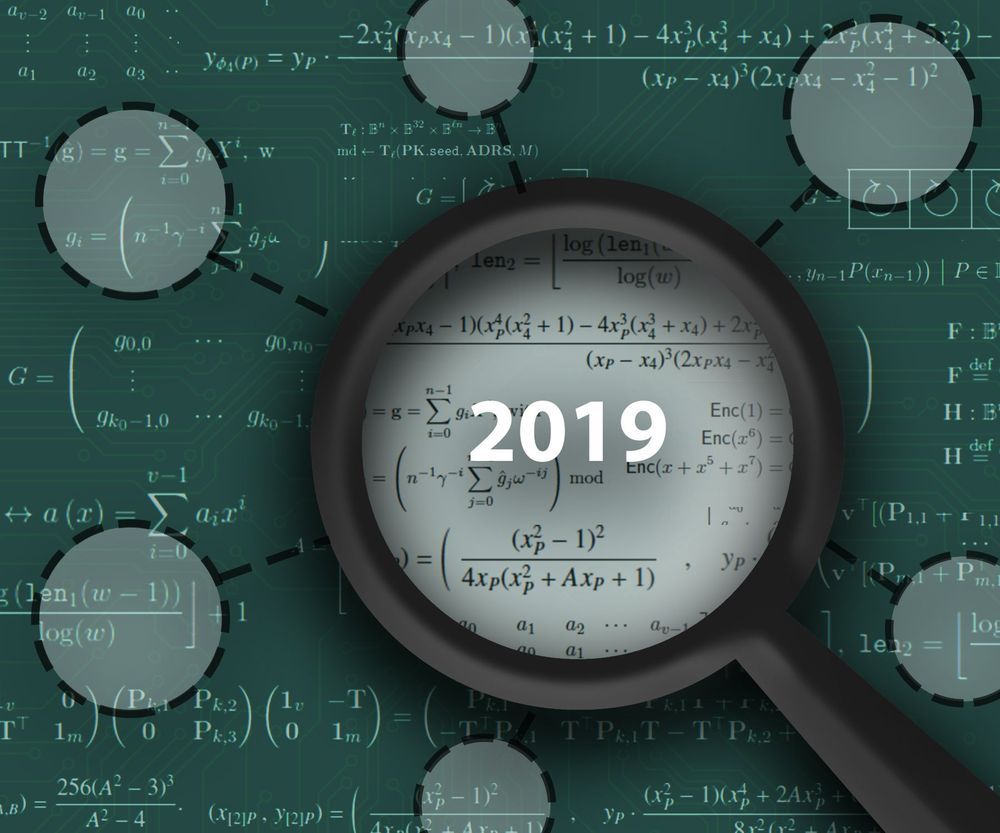
The field has narrowed in the race to protect sensitive electronic information from the threat of quantum computers, which one day could render many of our current encryption methods obsolete.
As the latest step in its program to develop effective defenses, the National Institute of Standards and Technology (NIST) has winnowed the group of potential encryption tools—known as cryptographic algorithms—down to a bracket of 26. These algorithms are the ones NIST mathematicians and computer scientists consider to be the strongest candidates submitted to its Post-Quantum Cryptography Standardization project, whose goal is to create a set of standards for protecting electronic information from attack by the computers of both tomorrow and today.
“These 26 algorithms are the ones we are considering for potential standardization, and for the next 12 months we are requesting that the cryptography community focus on analyzing their performance,” said NIST mathematician Dustin Moody. “We want to get better data on how they will perform in the real world.”

Scientists have discovered an unexpectedly simple formula that governs one of the most seemingly unknowable limits in physics: determining how much of an electric field a water droplet can withstand before it will burst.
This infinitesimal phenomenon has been studied by physicists for decades, but while the overall concept may be easy to imagine, discerning the mathematical relationships that underpin such electrified explosions has been anything but.
Now that it’s been figured out, scientists say this one formula could lead to new advancements in everything from space propulsion to mass spectrometry, high-resolution printing, air purification, molecular analysis, and more.

In quantum electrodynamics, the choice of gauge (i.e. specific mathematical formalism used to regulate degrees of freedom) can greatly influence the form of light-matter interactions. Interestingly, however, the “gauge invariance” principle implies that all physical results should be independent from a researcher’s choice of gauge. The quantum Rabi model, which is often used to describe light-matter interactions in cavity-QED, has been found to violate this principle in the presence of ultrastrong light-matter coupling, and past studies have attributed this failure to the finite-level truncation of the matter system.
A team of researchers at RIKEN (Japan), Università di Messina (Italy) and the University of Michigan (U.S.) have recently carried out a study investigating this topic further. In their paper, published in Nature Physics, they identified the source of this gauge violation and provided a method to derive light-matter Hamiltonians in truncated Hilbert spaces, which can produce gauge-invariant physical results even in extreme light-matter interaction regimes.
“Ultrastrong coupling between light and matter has, in the past decade, transitioned from a theoretical idea to an experimental reality,” Salvatore Savasta, one of the researchers who carried out the study, told Phys.org. “It is a new regime of quantum light-matter interaction, which goes beyond weak and strong coupling to make the coupling strength comparable to the transition frequencies in the system. These regimes, besides enabling intriguing new physical effects, as well as many potential applications, represents an opportunity to deepen our understanding subtle aspects of the interaction of light and matter.”